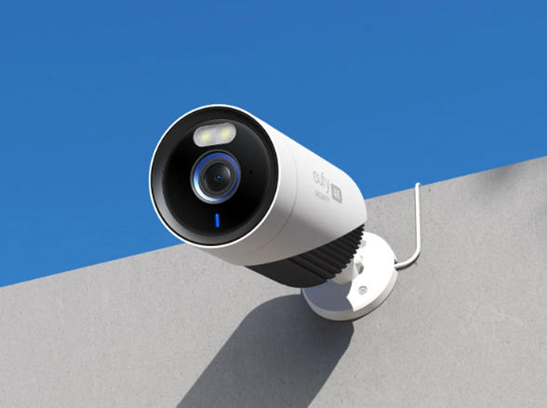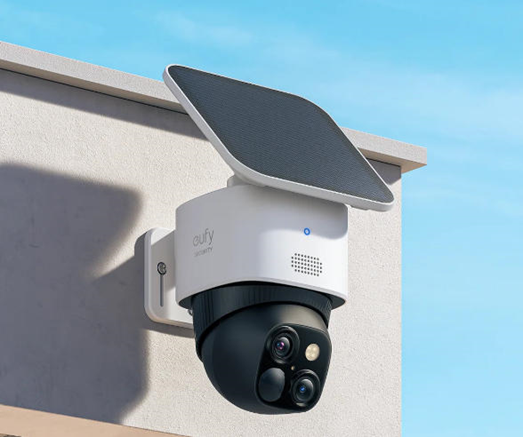Outdoor security cameras offer reassurance, but they also introduce new privacy and security concerns. Unauthorized access could expose private footage, compromising personal safety. To mitigate risks, it’s essential to apply layered protection to both your devices and the data they collect. This guide presents actionable strategies to protect your camera system from cyber threats, physical tampering, and legal missteps, ensuring your home remains safe while respecting your community’s privacy and applicable regulations.

Securing Your Camera’s Network Connection
Using Strong Passwords and Two-Factor Authentication
Weak credentials are a common vulnerability in connected devices. Strengthen your outdoor camera security by creating complex, unique passwords that include letters, numbers, and symbols. Change the default credentials immediately after setup. Activate two-factor authentication (2FA), which adds a protective step by requiring confirmation via a mobile device. This approach significantly reduces the chances of unauthorized users gaining access to your camera’s live feed or settings, improving overall digital resilience.
Encrypting Camera Footage and Communication
Data from your camera travels over networks and is often stored online or remotely. Without encryption, it’s vulnerable to interception. Use cameras that support end-to-end encryption protocols like WPA3 for wireless communication and SSL/TLS for data transfer. Encryption scrambles footage and metadata, rendering it unreadable without the proper key. Pair encryption with up-to-date firmware to close security gaps and improve resistance against evolving cyberattack methods or unauthorized monitoring attempts.
Setting Up a Secure Wi-Fi Network
Your home network is the backbone of your surveillance system. Strengthen it by renaming the SSID to something non-identifiable and using a strong admin password. Enable WPA3 encryption and disable remote management features unless needed. Consider creating a separate network exclusively for smart devices, which isolates them from more sensitive activities like banking. Regularly updating your router’s firmware also ensures you have the latest defenses against known vulnerabilities.
Protecting Your Camera from Physical Tampering
Installing Cameras in Hard-to-Reach Areas
Physical security plays a critical role in preventing unauthorized tampering. Install your cameras in locations that are elevated, concealed, or require special tools to access. Eaves, roof corners, or under balconies are ideal spots. Avoid placing devices in obvious or easily reachable positions. In addition to deterring sabotage, high placement provides a broader surveillance angle, increasing both coverage and effectiveness without drawing unnecessary attention to the device.
Using Tamper-Proof Mounts and Cases
To deter vandalism or theft, secure cameras with tamper-resistant mounts and enclosures. Look for products made of durable materials like stainless steel or polycarbonate, and use designs that require specialized tools for removal. Weatherproof and shock-resistant casings protect against environmental damage and forced impact. Adding these barriers makes it harder for intruders to disable or destroy your surveillance hardware, giving you added confidence in your system’s physical protection.
Regular Maintenance and Camera Inspection
Security doesn’t stop at installation—consistent maintenance is vital. Inspect your devices routinely for loose brackets, lens damage, or evidence of tampering. Confirm that your cameras are still properly positioned and functioning as intended. Remove dirt, spider webs, or moisture that may obstruct footage. Software should also be updated to patch potential vulnerabilities. Maintenance ensures your camera’s output remains clear and your security remains uncompromised over time.

Managing Data and Footage Securely
Choosing Between Local and Cloud Storage
Selecting a storage option impacts how secure your footage remains. Local storage keeps data confined to your property, reducing exposure to remote hacks, but is vulnerable to physical theft or damage. Cloud storage offers remote backup and convenience but introduces privacy concerns and relies on external servers. Evaluate your priorities—privacy, accessibility, or redundancy—and ensure your chosen solution includes encryption and data protection features that match your risk tolerance.
Access Controls and Permissions
Limit access to your footage with user-specific roles and restrictions. Avoid using shared or generic accounts. Instead, assign access levels based on user roles, only granting full control to primary administrators. Monitor access logs to track usage and detect anomalies. If you work with third-party monitoring services, ensure contracts specify how data is handled and who can access it. This approach keeps your surveillance system secure and accountable.
Regularly Reviewing and Deleting Footage
Leaving unnecessary footage on your storage system increases exposure risk. Schedule regular reviews to scan for missed events and purge outdated clips. Determine how long to retain footage based on privacy policies, legal requirements, or personal preference. Automating this process through camera settings or storage software can help manage space efficiently. Pruning your video archives helps reduce the chance of unauthorized access and ensures your system remains organized and optimized.
Ensuring Privacy for Your Neighbors and Community
Avoiding Invasive Coverage Areas
Outdoor cameras should monitor your own property—not your neighbors’. Position them to cover areas like your front door, driveway, or backyard, but avoid directing lenses toward windows, shared spaces, or pedestrian walkways. Many modern systems offer privacy zones or customizable motion areas. Using these tools helps you comply with privacy expectations while focusing surveillance where it’s most needed—your home and immediate surroundings.
Informing Neighbors About Your Surveillance
Transparency with neighbors can foster trust and prevent misunderstandings. Letting them know about your outdoor camera setup, including where and why they’re installed, demonstrates mutual respect. Clarify that the devices are meant for personal protection, not for observing others’ activities. Honest communication encourages a community-driven approach to safety and shows that you’re mindful of both your own security and others’ rights to privacy.
Understanding Local Laws and Regulations
Ignorance of surveillance laws can result in fines or legal action. Different regions have varying regulations regarding audio recording, signage requirements, and footage retention. Some municipalities may prohibit recording certain areas altogether. Before installing your cameras, research relevant rules and obtain permits if needed. Understanding legal boundaries ensures that your system is compliant and shields you from potential disputes or liability down the line.
Conclusion
Protecting your outdoor camera system requires a multi-layered approach—from digital safeguards to physical defenses and community considerations. By securing networks, managing data access, and respecting the privacy of others, you build a reliable and ethical surveillance system. These practices not only reinforce home protection but also support responsible use of technology. Implementing these measures creates a safer, more trustworthy environment enhanced by outdoor security cameras that serve their purpose without compromising privacy.
